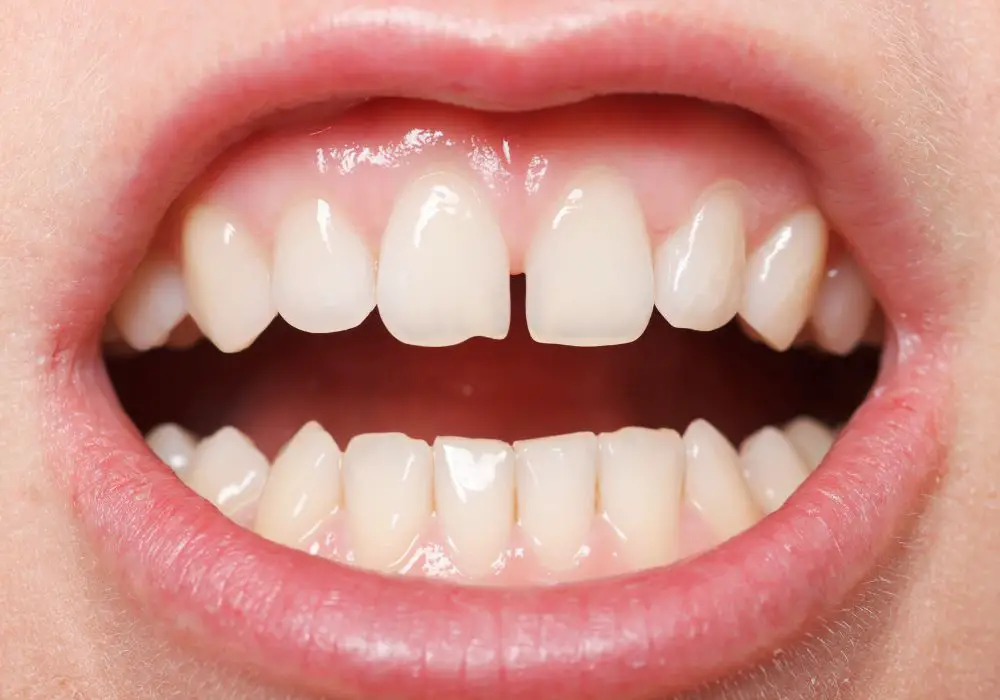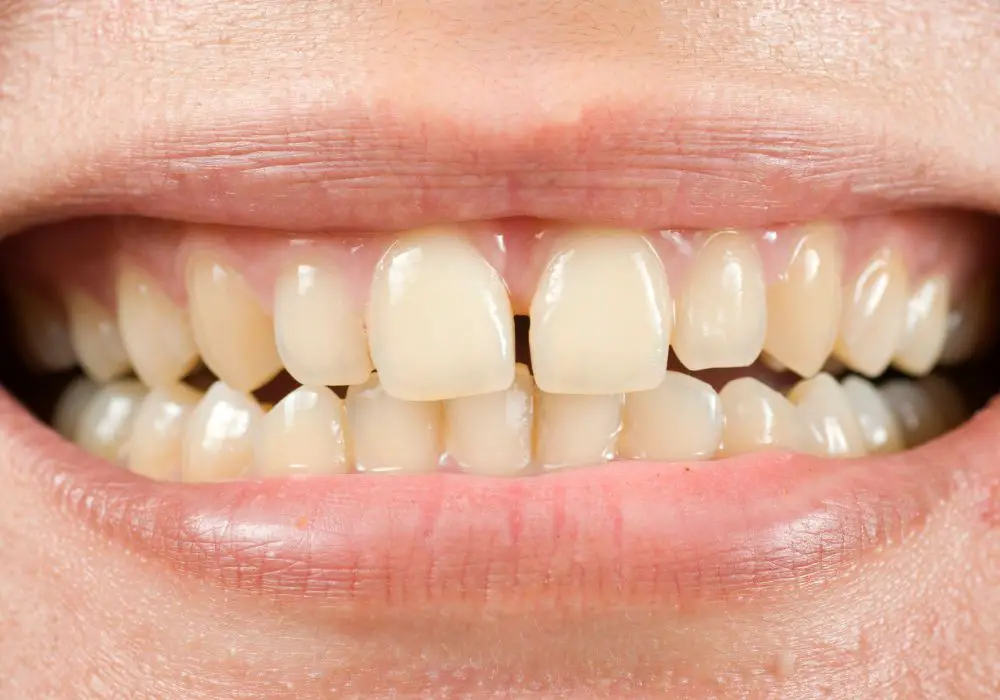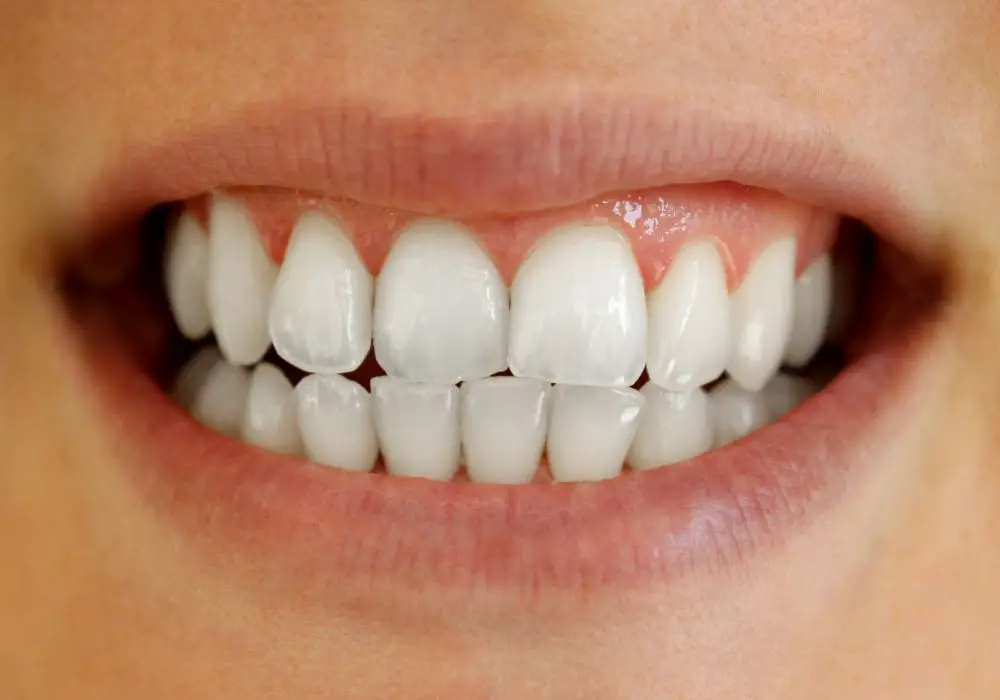As humans, our teeth play vital roles in allowing us to eat, speak, and smile. We use our teeth for a wide range of functions like biting, chewing, tearing, grinding, and more. Our mouths contain several different types of teeth, each with their own purpose and anatomy.
The front teeth located in the upper and lower jaw include both incisors and canine teeth. At a glance, incisors and canines may seem very similar since they are neighboring teeth at the front of the mouth. However, canine teeth and incisors have distinct differences in their classification, structure, and function.
This brings up an important question many people have – are canine teeth actually considered a type of incisor? Or are they classified separately? Identifying unique tooth types is crucial in the field of dentistry.
This article will examine the key features of canine teeth versus incisors. We’ll look at their varying locations in the mouth, shapes, purposes, developmental timelines, and potential issues. By comparing their anatomy and attributes, we can definitively answer whether canines are a subset of incisors or a completely distinct tooth type. Understanding canine versus incisor form and function is key for proper dental identification, treatment, and health.
What are canine teeth?

Canine teeth, also known as cuspids, eye teeth, or fangs, are located laterally (sideways) from the incisors and are used for tearing food apart. Humans have four canine teeth – two on the upper jaw and two on the lower. Canine teeth are the longest teeth in humans, generally protruding more than the other teeth.
The main functions of canine teeth are:
- Tearing and grabbing food – The pointed cusps of the canines are ideal for spearing, grasping and shredding food.
- Piercing tough foods – With their robust conical shape, canines can puncture through hard foods like meats, nuts and dense fruits and vegetables.
- Holding and gripping items between the teeth – Canines act as vice-like clasps to firmly hold objects in place when needed.
Some key features of canine teeth:
- Conical shape with a sharp, pointed biting surface – This allows canines to effectively penetrate foods.
- Single large root – Gives the canine stability and a strong anchor in the jawbone to enable enduring function.
- Longer than adjacent teeth – The length enables canines to be useful tearing tools.
- Strong and sturdy – Canines have thick enamel and dentin layers which resist fracture or wear to handle high biting forces.
- Positioned to interlock with lower canines – When the jaws close, the upper and lower canines interlock like gears which enhances their gripping ability.
What are incisors?
Incisors are the front cutting teeth located in the center of the mouth. Humans have a total of 8 incisors – 4 on top and 4 on bottom. Incisors have a flat edge and are used for shearing or cutting pieces of food before chewing.
The main functions of incisors include:
- Biting off pieces of food – The sharp horizontal biting edge of the incisors allows them to cleanly bite through foods.
- Cutting or shearing food – Side-to-side movement of the lower incisors against the upper ones cuts and slices food into smaller pieces.
- Tearing food – Incisors can make initial tears in some foods to start breakdown before the canines take over.
Some characteristics of incisors:
- Chisel-shaped crowns with sharp horizontal biting edges – This shape and angle creates a sharp cutting tool.
- Single root – Gives stability but the root is shorter than canines to allow some flexibility when cutting.
- Shorter than canines – Incisors are more delicate and don’t need to withstand the high forces of canines.
- Narrower crowns than canines – This allows the upper and lower incisors to cleanly overlap for shearing action.
Differences between canines and incisors

While both canines and incisors play important roles in food breakdown, there are some key differences:
| Canines | Incisors |
|---|---|
| Longer | Shorter |
| Pointed tips | Flat biting surface |
| Singular cusp | Straight biting edge |
| Tearing function | Cutting/shearing function |
| Robust, cone-shaped crown | More delicate, chisel-shaped crown |
| One large root | One smaller root |
| Positioned to interlock with lower canines | Meet edge-to-edge with lower incisors |
Are canine teeth classified as incisors?
No, canine teeth are not considered incisors. While both are located in the front of the mouth and assist in food breakdown, canine teeth and incisors are classified into separate groups based on their location and functions.
Some reasons why canines are not considered incisors:
- Canines are located distal to (behind) the incisors, rather than directly in front.
- They have different shapes – canines come to a sharper point, while incisors have flat edges.
- Canines tear and grip food, while incisors shear and cut food into pieces.
- Canines are longer with thicker roots than incisors.
- There are only 4 canine teeth compared to 8 incisors in humans.
- The developmental timing and order is different between canines and incisors.
- Issues and required treatment can vary significantly between canines and incisors.
Canine teeth terminology
Canine teeth have several other common names, including:
- Eye teeth – This refers to their position under the eyes.
- Cuspids – Comes from the pointed cusp shape of their biting surface.
- Fangs – Refers to their resemblance to the long pointed teeth of animals like snakes and vampires.
- Corner teeth – Describes their location in the “corners” of the dental arches.
However, none of these alternative names classify canines as incisors. “Incisors” refers only to the centrally located front teeth in each jaw.
Some other dental terminology:
Anterior teeth – The teeth located towards the front of the mouth (incisors and canines).
Posterior teeth – The teeth located towards the back of the mouth (premolars and molars).
So in summary:
- Incisors are anterior teeth centrally located in the front of the mouth.
- Canines are also anterior teeth but located distal to the incisors.
- Canines are not anatomically classified as incisors.
Canine and incisor anatomy
Looking more closely at the anatomical structure of canines vs. incisors further demonstrates how they differ in classification and function:
Canine anatomy
- Pointed tips angled towards the back of the mouth – Allows them to grip and hold objects.
- Conical crown shape with raised cusps – Enables piercing and puncturing of food.
- Longest root of any tooth for stable anchoring – Gives durability for tearing tough foods.
- Single rooted – Except in some cases like supernumerary teeth.
- Thick dentin layer – Adds strength to withstand high biting forces.
- Long crown extending beyond gumline – Allows adequate structure for gripping.
- Curved crown contour from base to tip – Ideal shape for grasping objects.
Incisor anatomy
- Flat wear-resistant biting edge – Creates sharp cutting surface to shear foods.
- Straight crown contour – Maximizes even contact with lower incisors when cutting.
- Chisel-shaped wider crown and shorter root – Provides stability yet flexibility for shearing action.
- Not as thickly enameled as canines – Don’t need to withstand high forces.
- Single rooted – One root provides adequate anchoring for incisors.
- Crown contained within gumline – Edge stays protected and sharp.
- Cutting side to side movement enabled – Structure allows knife-like motion on foods.
As evidenced by their differing anatomy and features, canines and incisors are suited to unique functions in the mouth despite both being anterior teeth.
Canine and incisor development
Looking at dental development in children also illustrates the anatomical and functional differences between canine and incisor teeth:
- Incisors begin development at around 4-5 months and erupt by 8-12 months. This early development allows infants to bite and chew food during weaning.
- Canines don’t begin formation until around 4-5 years and don’t finish erupting until around 11-12 years. Their later development is due to the need for a fully mature jawbone to anchor the canine roots.
- Incisors are necessary as the first teeth to develop since they aid feeding and nutrition. Canines develop years later once a child transitions to harder foods requiring tearing.
This staggered development highlights the different growth patterns and suggested purposes of incisors vs. canines. Incisors erupt early to aid feeding while canines develop years later as durable gripping tools once other teeth are established. This again confirms canines are not just another type of incisor, but a distinct tooth category.
Canine and incisor issues

Problems with canines vs. incisors can also manifest differently, owing to their contrasting shapes and functions:
Common canine issues
- Impacted canines due to delayed emergence or obstruction. This is rare in incisors.
- Fractures from trauma due to protrusion. Incisors are less prone due to their shorter length.
- Wear down from grinding/clenching. The cusp tip gets worn from force.
- Sensitivity from exposure of inner pulp. The thin tip of canines allows easy exposure.
Common incisor issues
- Chipping from everyday use. Their thinner enamel chips more readily.
- Misalignment causing bite issues. Spacing problems are common.
- Fracturing due to relative delicacy. Incisors fracture more easily than sturdy canines.
As such, treatment and management may also differ between canine and incisor complications due to their specialized designs. Orthodontic intervention often varies between canine vs. incisor issues.
Conclusion
In summary, while canine teeth and incisors are both anterior teeth playing key roles in food breakdown, canines are not considered a subset of incisors.
This is evidenced by:
- Differing locations in the mouth.
- Contrasting anatomical shapes and features.
- Variations in the timing of development.
- Dissimilarities in potential problems and treatment.
Canines are designed as sharp, pointed gripping tools while incisors act as shearing and cutting implements. Despite some alternate names like eye teeth or fangs, canines remain a distinct tooth type from incisors. Proper identification and understanding of canine vs. incisor form and function is important in dentistry.







